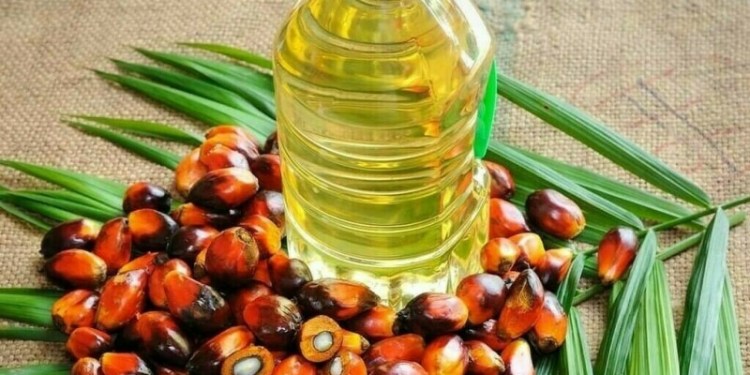By Mark Weinraub
CHICAGO (Reuters) – Illinois farmer Johnson had planned to bump up his corn acreage by 10 percent in 2019 and plant fewer soybeans as a way to shelter himself from the lower soy prices caused by U.S. President Donald Trump’s tariff war with China.
But some early winter storms caused him to abandon the late autumn fieldwork necessary to seed the yellow grain in the spring. That will force him and other farmers to devote more of his acreage to soybeans than expected next year.
As soybeans are far more affected by the U.S. trade war with China than corn, the trend adds to economic risk across a U.S. farm belt the Trump administration recently said would get up to $12 billion in aid to make up for trade related losses.
China resumed buying U.S. soybeans in December as part of a trade war truce following a meeting between Chinese President Xi Jinping and U.S. President Donald Trump, but the amount of purchases remains well behind the pace of previous years. It is unclear how much U.S. soy China will actually buy with a record Brazilian harvest just weeks away.
Even with China back in the market for the first time in six months, the record soybean supplies littering the countryside have weighed on prices — soy futures
Corn futures () have risen 7.9 percent during 2018 and were on track for their biggest yearly gain since 2012. China historically has imported very little corn.
“With some of these corn prices and the corn yields we’ve had, I wanted to plant some continuous corn (but) the window (to prepare the ground) closed on us too tightly,” Johnson said.
The severe weather across the U.S. Midwest in October and early November meant farmers left nearly 11 million acres of corn and soybeans from Kentucky to North Dakota standing in their fields as of the end of November – the fourth highest amount ever.
Crops left in the ground during winter can still be harvested once the snow melts but face severe yield loss as soybean pods split and corn stalks are often knocked down, and mold is another risk. That will further squeeze farm profits after a bleak year of low prices and few buyers.
Analysts are now casting doubt on the U.S. Department of Agriculture’s early November forecast that 2019 corn plantings will rise about 3 million acres to 92.0 million acres. At that time, soybean acres were seen falling 7.5 percent to 82.5 million.
“Because of what happened during fall tillage … maybe you do not plant as much corn,” said Don Roose, president of U.S. Commodities in West Des Moines, Iowa.
The weather problems also could cut into the bottom lines of seed and fertilizer companies. Corn requires more tilling and fertilizer applications that cannot be completed with unharvested crops or frozen ground.
Seed companies like DowDuPont (N:) that earn more money from corn seeds could see their businesses affected by the changes. Two-thirds of DowDuPont’s net seed sales are corn and only 20 percent are soybeans. The company said in October it would take a $4.6 billion charge to write down the value of its agriculture business, which has been hurt as Brazilian farmers increased soy planting to meet China’s demand for South American soybeans and reduced corn output.
Bayer (DE:), the German drugmaker that bought U.S. seed company Monsanto (NYSE:), has a much bigger market share in corn seeds and related crop protection products than in the soy market, and would also would benefit from rising corn acreage.
DowDuPont and Bayer did not respond to requests for comment.
Back on his 4,000-acre (1620-hectare) farm in central Illinois, Johnson had planned to boost corn seeding by 400 acres (160 hectares) in 2019 before adverse weather sidelined him in November. After some heavy rain, early snow and hail, he parked his tractor and other equipment in the shed for the winter as there was little benefit to plowing through a sloppy field.
“We’ve learned that turning over mud does not do much good,” Johnson said.
Source: Investing.com


























